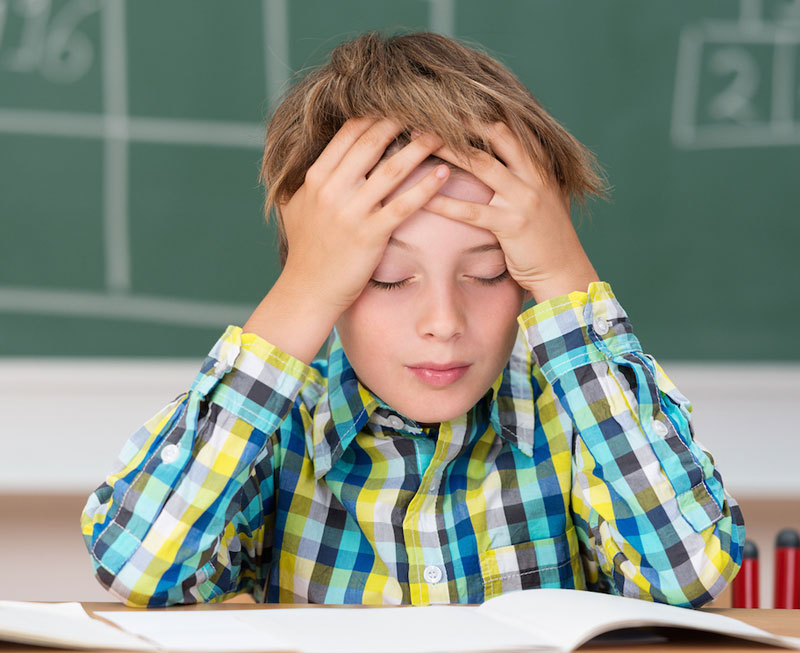Dyslexia
Dyslexia

Reading is not a destination. Reading is a journey, represented by a learning curve that moves upward year by year, flattening out in approaching adulthood. Normal reading progress requires mastering sets of skills progressively, starting with the alphabetic principle, phonics, phrases, sentences etc and ending up with fluent reading with good comprehension. Most children learn to read easily but not all. While some have difficulties with reading as soon as they begin school, others start out well but after a year or two, reading becomes a problem and there is talk of a “reading disorder” or “dyslexia”. For some children their reading curve flattens out prematurely “creating” a reading disorder.


What is Dsylexia?
Dyslexia is the inability to read to a level expected by age and education when there is no physical or other obvious cause. Dyslexia can be an underlying cause of a reading problem and the result of a group of weaknesses such as the speed of processing information by the brain, short term memory; distortions in audio and visual perception; sequencing and organisation as well motor skills. Indicators of dyslexia may include difficulties with spelling, reading, phonics, and comprehension, as well as maths numbers, shapes and direction. Dyslexia can also cause physical indicators such headaches, sore eyes, reaction to bright lights, frustration and stress. Dyslexia is often found in families and until now was something people just lived with.
Many people think that the only problem in dyslexia is that the affected person mistakes “was” for “saw” and “tip” for “pit.” But dyslexia is more complicated than that. “There is a huge language component to dyslexia,” in addition to troubles interpreting visual information says Eden. But, she adds, that is about the only thing that people interested in dyslexia agree upon.
The reality is that dyslexia can be divided into at least 4 sub-groups, namely:
- Phonological (auditory) dyslexia which affects phonics and spelling in particular
- Dysgraphia which affects reading, writing and the ability to control the symbols of language – this is also sometimes referred to as visual dyslexia.
- Dyscalculia which affects mathematical skills
- Dyspraxia which can be any or all of the above and also involves the motor sensory system (thus affecting balance, hand-eye coordination, speech etc
Therefore the diagnosis of dyslexia and its underlying causes is extremely important. The earlier intervention can be started, the better the future outcome for the child. Brain imaging has shown that people with reading problems have inefficient neural “wiring” which makes it very hard for them to become fluent readers by conventional methods. New information about brain plasticity has shown that the brain can make rapid changes with the right input and so Dyslexia and reading problems can be overcome.
Children with dyslexia describe how the letters and words on the printed page seem to jump around, superimpose themselves on one another, become indistinguishable (‘b’ looks like ‘d’, for example), or in other ways prove unmanageable. “It’s like the words are walking,” said one child with dyslexia. The form of dyslexia being described here, is a visual processing “dyslexia” and often goes undetected because the description is often considered unimportant – yet it is an apt description of Irlen Syndrome, a condition that often goes undiagnosed in normal optometric and educational psychological assessments as practitioners in these professions are not trained to recognise the symptoms.
Warning Signs of Dyslexia
In Preschool
- delayed speech
- chronic ear infections
- did not crawl
- mixes the sounds and syllables in long words
- enjoys hearing reading but does not respond to wanting to read
- severe reactions to childhood illnesses
- constant confusion of direction – left/right, up/down
- late establishing a dominant hand
- difficulty learning to tie shoelaces
- poor sequencing eg coloured beads
- trouble memorizing their address, phone number, or the alphabet
- can’t create words that rhyme
- can’t tell which word is “odd” in a group of words
- thinks and acts quickly
- enhanced creativity/aptitude for 3D/ construction
- sociability
- a close relative with dyslexia
In Primary School
- continued difficulties from pre-school list
- slow, non-automatic difficult to read handwriting
- letter or number reversals past the end of first grade
- extreme difficulty learning cursive
- slow, choppy, inaccurate reading/ poor comprehension
- guesses based on shape or context
- skips or misreads prepositions (at, to, of)
- can’t sound out unknown words
- unusual spelling
- often can’t remember sight words (they, were, does) or homonyms (their, they’re, and there)
- difficulty telling time with a clock with hands
- trouble with math, memorizing multiplication tables, sequence of steps, directionality
- difficulty finding the correct word when speaking
- difficulty copying from board
- difficulty taking down oral information
- disorganised – bedroom, backpack, desk
- dreads going to school – stomach/headaches; may have nightmares
In High School
All of the previous symptoms plus:
- limited vocabulary
- extremely poor written expression
- large discrepancy between verbal skills and written compositions
- unable to master a foreign language
- difficulty reading printed music
- poor grades in many classes
- may drop out of high school
In Adults
Education history similar to above, plus:
- slow reader
- may have to read a page 2 or 3 times to understand it
- poor speller
- difficulty putting thoughts onto paper
- dreads writing memos or letters
- still has difficulty with right versus left
- often gets lost, even in a familiar city
- sometimes confuses b and d, especially when tired or sick
(From Susan Barton /BDA)
About Us
Our aim is to provide quality educational assistance to students in a rural situation in the South East of South Australia
Contact Us
0473883139
carol@kl3.com.au
PO Box 1176
5 Pinkerton Rd
NARACOORTE SA 5271
